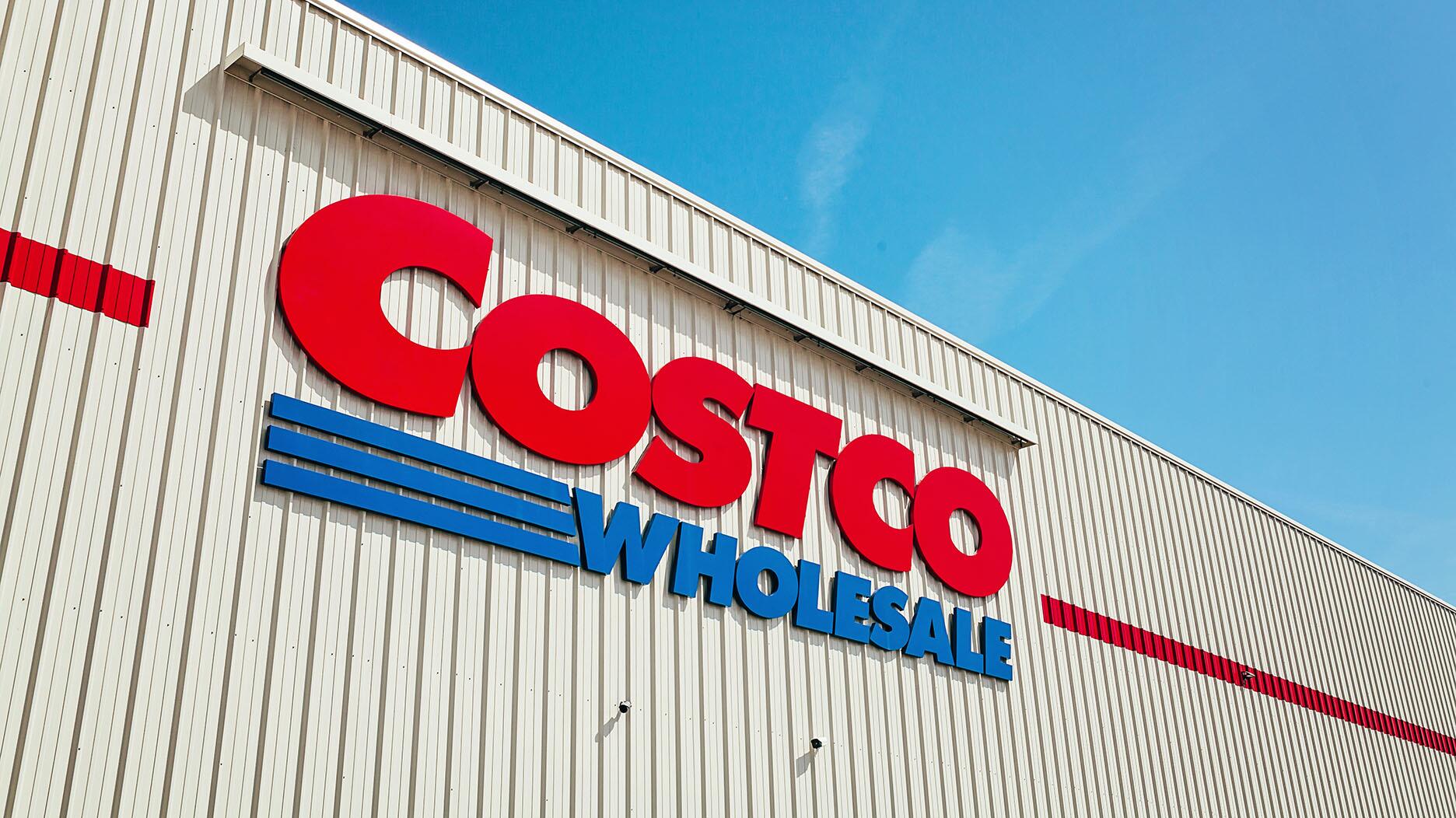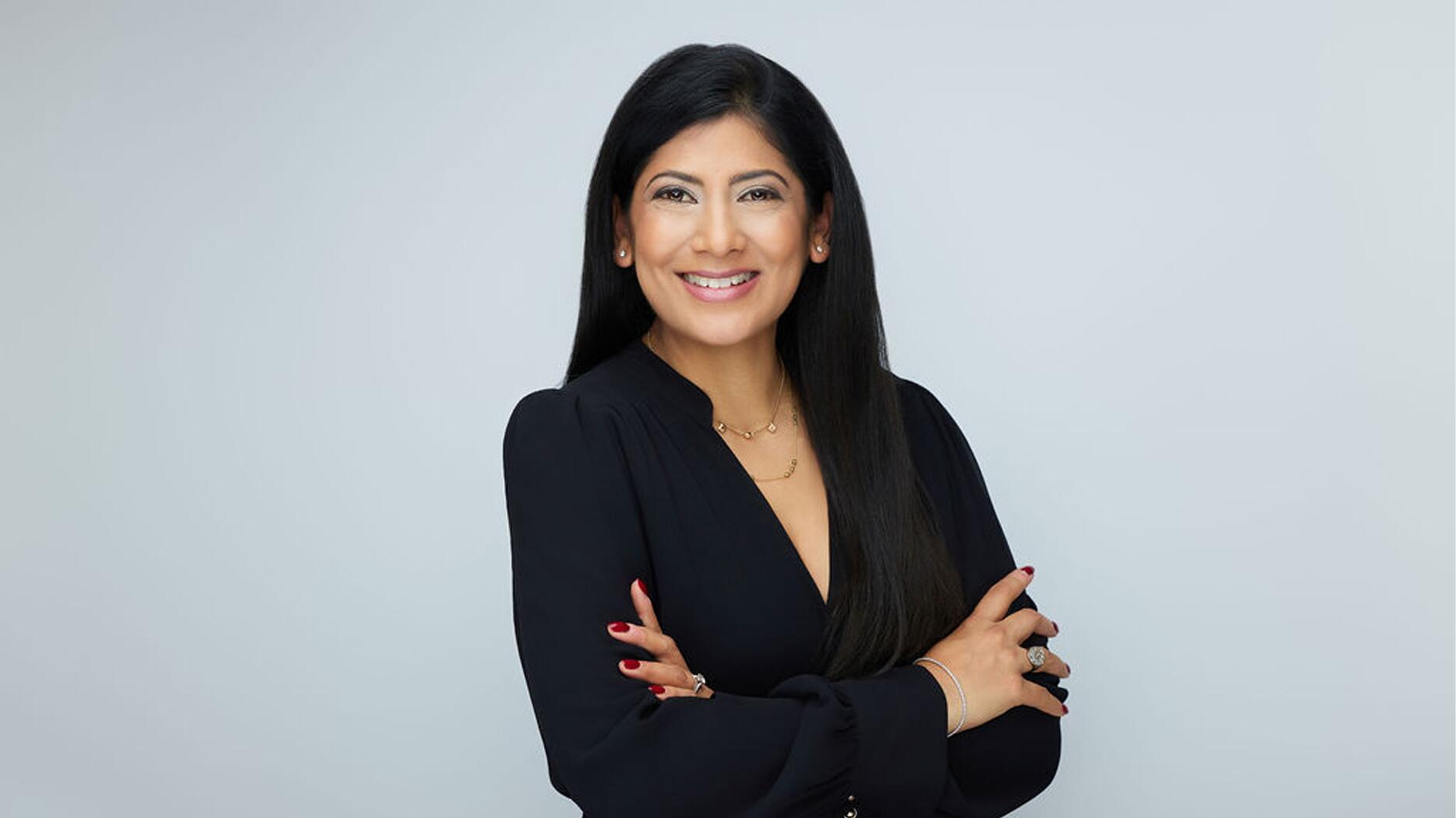5 Things to Know About Signet’s Sustainability Goals
From inclusivity in the workplace to climate change, these are the issues the jewelry giant is prioritizing.

The jewelry giant said it will focus on charity work, inclusion, climate change, and other people-focused initiatives.
“Our 2030 Corporate Sustainability Goals provide a roadmap for the next decade of our journey as a company,” CEO Virginia C. Drosos said in a press statement.
“From prioritizing our team in creating a rewarding and welcoming culture to protecting human rights throughout our supply chain and innovating in ways such as embracing the circular economy and continually reducing carbon emissions, we’re committed to operating in ways that create positive change for our planet and people.”
Signet has a list of 44 goals, organized into a “three loves” framework: love for all people, love for its team, and love for its planet and products.
Here are some of the highlights of its plan.
Signet wants to advocate for social change.
As beauty ideals shift away from traditional perfection to more inclusive realness, Signet wants its ads to reflect that.
The company is pledging to create inclusive marketing campaigns, representing a diverse array of shapes, sizes, ethnicities, and abilities. Signet said it will partner with St. Jude Children’s Research Hospital to feature patients and their families.
And, as society continues to parse through important conversations about social change, the company said it wants to be a part of the discussion in places where its voice can be helpful.
The company is leaning into its philanthropic side as quarterly sales continue to surge, and it is encouraging its employees to do the same. Signet’s Love Inspires Foundation will encourage team members to focus on social causes that are important to the communities where they live and work.
It aims to align the charity’s grant-making policy with the U.N.’s Sustainable Development Goals.
Signet wants to promote a more inclusive work environment.
The jewelry company has set several goals related to a more inclusive workplace.
It aims to interview diverse candidates for manager-level positions and above.
For the next four years, Signet plans to continue requiring its team members to take courses on inclusion and equity.
Employees in the director level and above will be required to complete a “Traits of Inclusive Leaders” course by 2025.
If all goes to plan, the management team is expected to better reflect its customer base and communities by 2025, the jeweler said.
In addition, by 2030, Signet expects to increase diversity in its leadership positions at the level of director and above by 25 percent, and increase the representation of BIPOC in leadership roles at this level in support centers by 20 percent.
It plans to earmark contributions for historically Black colleges and universities and Hispanic-serving academic institutions, setting up scholarships and academic partnerships as a way to increase diversity in its pool of interns and direct hires.
The retailer set a goal of becoming an “Employer of Choice” for LGBTQ+ communities and be recognized by the Human Rights Campaign Corporate Equality Index.
Signet also is increasing its base wage in the United States to $15 per hour by the spring of 2022, an intention it announced earlier this year.
Signet wants to carry that inclusivity over to the design studio.
The retailer also has set goals to promote inclusivity in the design process.
One goal is to increase the total spend on indirect diverse suppliers to $250 million.
It also plans to up its merchandise spend to global direct suppliers with programs that pay living wages to women.
The company wants to foster talent in the diamond jewelry sector, particularly for BIPOC designers, offering scholarships, mentorships, business development, and more.
It plans to add five BIPOC-owned companies and brands to its vendor list.
Signet will also give support to five new female entrepreneurs in the jewelry industry.
Looking at its supply chain, the company hopes to increase “access to career opportunities and upward mobility for women employed by our key suppliers.”
Signet wants to do its part to promote human rights via supply chain management.
The company said it will source “conflict-free” rough diamonds from high-risk areas, like Central Africa, by working with artisanal and small-scale miners, aligned with the guidance provided by the Organisation for Economic Co-operation and Development.
In a push for traceability, it will disclose diamond origin by company and share information with customers about the economic impact for those diamonds traceable through De Beers Group, Alrosa and other major rough diamond sources.
The company also plans to provide skills and opportunities to the diamond cutting and polishing areas of Botswana.
In addition to its sustainability goals report, Signet filed its eighth consecutive Form Specialized Disclosure and Conflict Minerals Report with the U.S. Securities and Exchange Commission, alongside an independent private sector audit report.
Signet’s report, backed up by the accompanying audit, states it has obtained its gold, tin, tantalum, and tungsten from conflict-free sources in the Democratic Republic of the Congo.
Looking to its suppliers, all of Signet’s “strategic indirect suppliers” have signed the company’s Supplier Code of Conduct or have a similar one in place, the company said, and have been audited for compliance.
Its direct and indirect suppliers are also increasing career opportunities and upward mobility for women.
Signet said all of its direct suppliers offer safe and healthy workplaces for its employees, and all key suppliers are expected to be certified members of the Responsible Jewelry Council by 2025.
Signet wants to address climate change.
As heat waves ripple across the country, climate change continues to be an issue large companies are looking to address.
Signet has set the goal of achieving net-zero greenhouse gas emissions by 2050, partnering with transportation suppliers to meet that goal.
The company also wants to make its packaging more eco-friendly, offering customers sustainable packaging options in stores and online.
It aims to use at least 50 percent recycled content for pulp and paper-based packaging and 30 percent recycled content in plastic-based packaging.
In addition, Signet’s supply chain will make use of corrugated boxes consisting of no less than 60 percent recycled material.
As for water usage, it will implement reduction policies in all of its factories and facilities that operate in “water-stressed areas.”
The company also wants to join the U.N. Global Compact CEO Water Mandate and pledge by 2050 to have a net-positive water impact in these water-stressed areas.
In addition to the initiatives outlined above, Signet also set goals to provide professional development training for its retail employees, improve employee retention in its field and support centers, and more.
“I couldn’t be prouder to embrace this direction—a true north that our customers, employees and investors want—and be the change we want to see in the world,” said Drosos.
The Latest

The new pink sapphire version of the piece dances with its wearer in the brand’s “Icons After Dark” holiday campaign.

A choice that’s generated a lot of commentary, Pantone says “Cloud Dancer” marks a fresh start and encourages relaxation and creativity.

The manufacturer’s holiday campaign features a gift guide filled with trending designs and jewelry that can be personalized.

How Jewelers of America’s 20 Under 40 are leading to ensure a brighter future for the jewelry industry.

The man was charged with theft, accused of ingesting the necklace while in a jewelry store in Auckland, New Zealand.


The Florida independent expanded its store from 8,000 to 14,000 square feet, fulfilling the vision of its late co-founder, Jim Dunn.

Sponsored by De Beers Group

Roseco’s 704-page catalog showcases new lab-grown diamonds, findings, tools & more—available in print or interactive digital editions.

The classic 5600 series G-Shock has been scaled down to about a tenth of its size, becoming a fully functioning watch ring.

The association’s annual conference and gala will take place Feb. 4, 2026, during the Tucson gem shows.
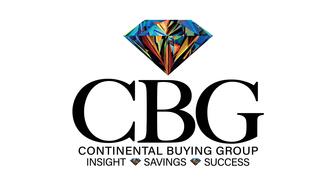
The January show will include a workshop for jewelry retailers on implementing AI to strengthen their businesses.
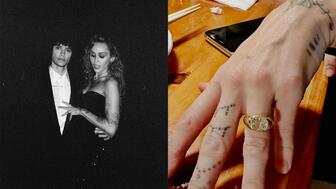
Fellow musician Maxx Morando proposed to the star with a chunky, cushion-cut diamond ring designed by Jacquie Aiche.

Black Friday is still the most popular shopping day over the five-day holiday weekend, as per the National Retail Federation’s survey.
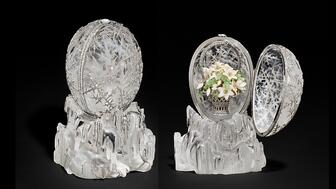
The historic egg, crafted for Russia's ruling family prior to the revolution, was the star of Christie’s recent auction of works by Fabergé.
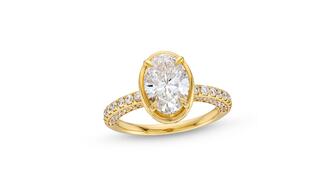
The retailer offered more fashion jewelry priced under $1,000, including lab-grown diamond and men’s jewelry.
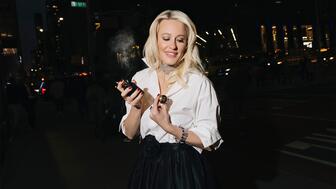
The eau de parfum is held in a fluted glass bottle that mirrors the decor of the brand’s atelier, and its cap is a nod to its “Sloan” ring.

Vivek Gadodia and Juan Kemp, who’ve been serving as interim co-CEOs since February, will continue to lead the diamond mining company.

In addition, a slate of new officers and trustees were appointed to the board.
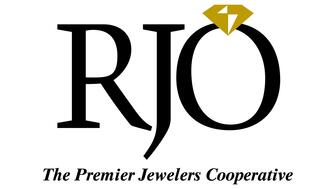
Witt’s Jewelry in Wayne, Nebraska, is the organization’s new milestone member.

Laurs is the editor-in-chief of Gem-A’s The Journal of Gemmology and an expert on the formation of colored gemstone deposits.
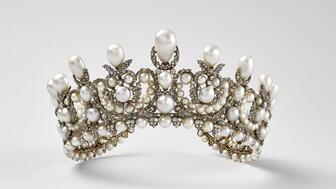
The man, who has a criminal history, is suspected of being the fourth member of the four-man crew that carried out the heist.
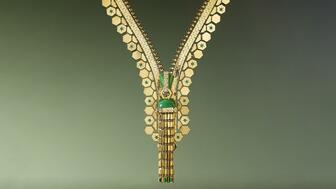
The single-owner collection includes one of the largest offerings of Verdura jewels ever to appear at auction, said Christie’s.

Michael Helfer has taken the reins, bringing together two historic Chicago jewelry names.
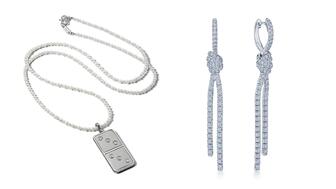
The guide features all-new platinum designs for the holiday season by brands like Harwell Godfrey, Ritani, and Suna.

During its Q3 call, CEO Efraim Grinberg discussed the deal to lower tariffs on Swiss-made watches, watch market trends, and more.
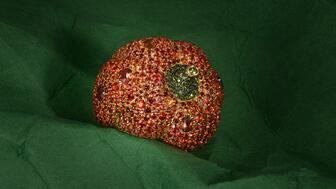
Rosior’s high jewelry cocktail ring with orange sapphires and green diamonds is the perfect Thanksgiving accessory.

The “Embrace Your True Colors” campaign features jewels with a vibrant color palette and poetry by Grammy-nominated artist Aja Monet.













